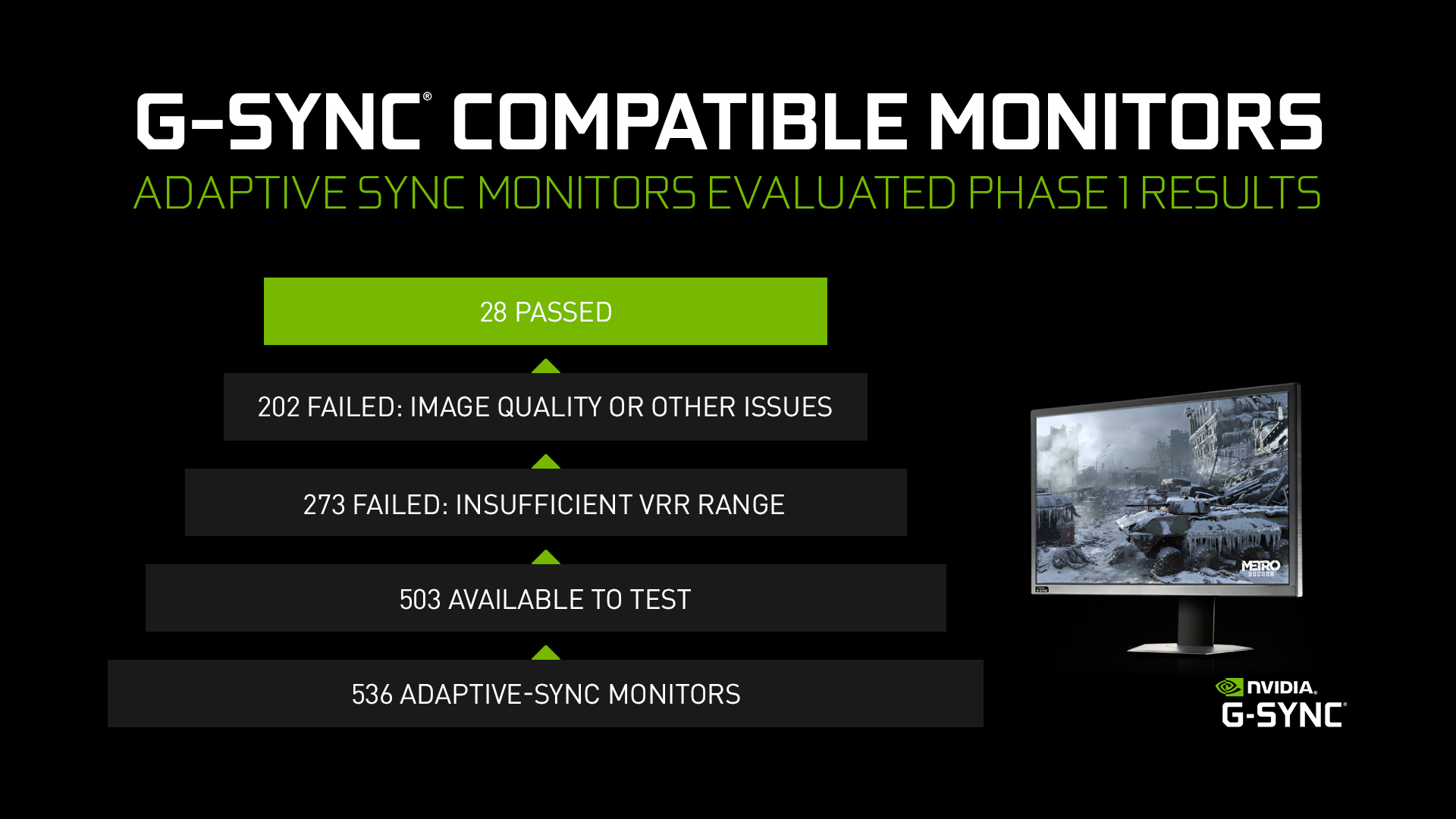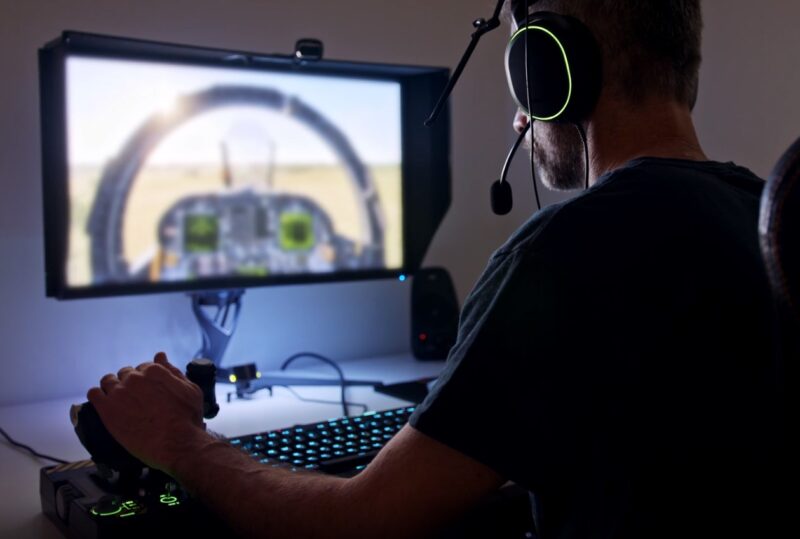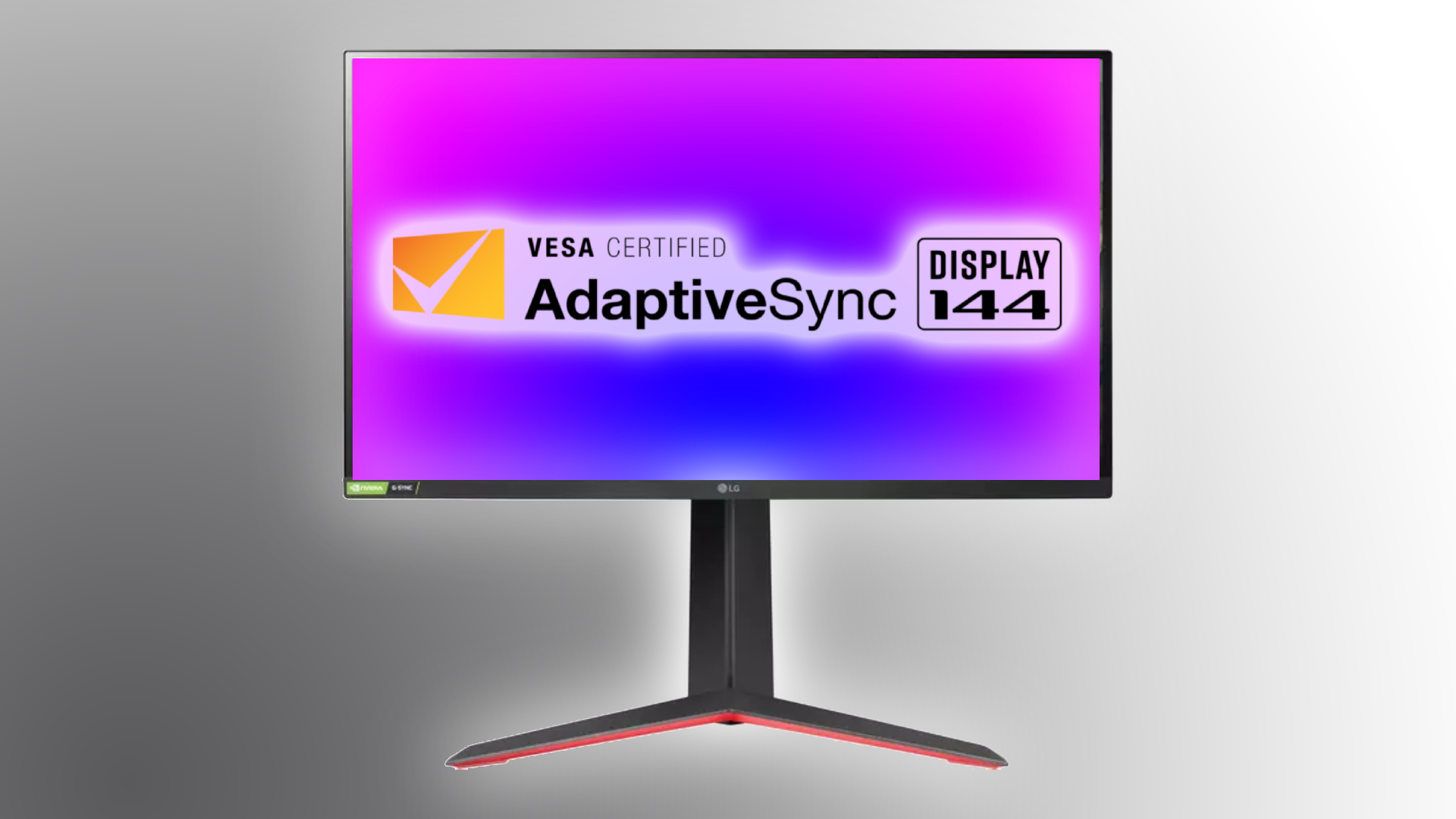Roads & PavementRoads & Pavement
Barefoot
Minimal
Low
Medium
High
Maximal
All around running shoes offer comfort and cushioning for daily runs, jogs, walks, and long mileage. They offer enough versatility for both faster and slower runs and are a great option for those who want one running shoe to do it all.
Fast run or uptempo running shoes are lightweight and responsive. They offer streamlined designs that have minimal uppers and offer a high level of energy return. These shoes are a great option for faster runs in the week or those looking for a livelier experience.
Max Cushion shoes offer premium cushioning with ample ground protection and a stable ride. These types of shoes provide abundant impact protection that softens landings while running at any pace or distance. These types of shoes are best for slower recovery runs and easy days where comfort takes priority.
Racing shoes are designed with optimal performance in mind. These types of shoes have snug-fitting uppers, energetic midsole foams, and features implemented for maximum efficiency. These types of shoes are best for runners looking to gain the ultimate advantage in races but may sacrifice some durability and comfort.
Gym Workout shoes offer a stable and versatile ride. They have a firmer underfoot feeling that provides stability for lateral movements with comfortable uppers. These types of shoes are best for trips to the gyms, cross training, casual wear, and light running. NVIDIA To Officially Support VESA Adaptive Sync FreeSync Under
Road running shoes feature smooth outsoles that are designed for running on paved surfaces such as roads, sidewalks, and bike paths.
Designed to handle most trail runs, these shoes prioritize comfort and a smooth ride. These shoes are great for anything from smooth singletrack, park trails, and fireroads making them ideal for those who run from their doorstep on streets before hitting the trail.
These shoes are best used for hard, rugged trails such as shale, granite or sandstone where grip on smooth surfaces and underfoot protection are important.
Designed for use in muddy, soggy conditions, these shoes feature very aggressive outsoles that dig deep into soft ground for exceptional traction.
These shoes feature technical outsoles designed to grip snowy and icy trails making them ideal for winter trail running.
Cushioning level, or stack height, refers to how much shoe is between your foot and the ground. For this category, we reference the amount of cushioning below the forefoot as the heel height will be equal to or greater than the forefoot height.
G SYNC Compatible Testing Phase 1 Complete Only 5 of Adaptive
0-13mm. The Shoe generally does not have a midsole and feels like there is no cushioning. This shoe is all about feeling the ground underfoot.
14-18mm. The shoe has a thin midsole that allows for a natural running experience. Racing shoes and minimalist shoes are common here. These shoes offer a feeling of being connected to the road or trail.
19-23mm. The shoe has a slightly cushioned feel and may feature added cushioning technologies. Performance training shoes and some trail shoes are common here. These offer protection during footstrike but prioritize a lightweight, grounded experience.
24-28mm. These shoes have a stack height that fall near the middle of the spectrum.The shoes in this category are verstaile and great for all types of runs and distances.
29-34mm. The shoe has a thick midsole and ample cushioning. These shoes are highly protective and absorb more impact than the body.
35mm plus. The shoe has an extremely thick midsole and extra cushioning. The focus is on protection and soft foam underfoot with hardly any ground feel.
Neutral shoes support the foot through a normal range of arch collapse and generally do not have a built-in technology to correct movement.
Stability shoes are a great option for those who overpronate or need added support. These shoes help to limit the inward rolling motion of the ankle while running or walking and assist in guiding the foot straight through the gait cycle. What Is Adaptive Sync Should You Turn It On Or Off
Product Details:
What Is Adaptive Sync Should You Turn It On Or Off sales, Odyssey G9 Refresh Rate and Adaptive Sync greyed out r Monitors sales, G Sync vs FreeSync Which is better Acer Corner sales, Intel Arc Graphics Gaming Technologies sales, Nvidia G Sync vs. AMD FreeSync in 2024 TechSpot sales, What Is VESA AdaptiveSync and MediaSync Simple Guide sales, NVIDIA validating Adaptive Sync Freesync panels sales, thunderbolt What is required for Monterey s Adaptive Sync sales, What do Uncertified Adaptive Sync Displays Look Like with G Sync sales, FreeSync vs G Sync Which Adaptive Sync Gaming Monitors are Better sales, VESA Standards Group Adds Adaptive Sync DisplayPort Video sales, What Is Adaptive Sync Should You Turn It On Or Off sales, NVIDIA Open Up Support for Adaptive sync FreeSync for Future sales, VESA Certified Adaptive Sync And Media Sync PC Perspective sales, Can t get adaptive sync to work r MSILaptops sales, What is FreeSync What Can it Do for Better Gaming Experience sales, I own an Adaptive Sync monitor that is not on your G SYNC sales, V SYNC Fast SYNC Adaptive Sync and MORE Explained sales, Adaptive VSync Technology GeForce sales, VESA Adaptive Sync Display Standard Updated With Dual Mode Support sales, Is there any difference between Adaptive Sync Compatible vs sales, AdaptiveSync Display Facebook sales, SMOOTHER Mac gaming using ADAPTIVE SYNC NEW macOS Monterey sales, Updated VESA AdaptiveSync Certification Scheme and Logos Our sales, What Is Adaptive Sync Should You Turn It On Or Off sales, VESA Launches AdaptiveSync and MediaSync VRR Standards and sales, Your Next Monitor Is A Keeper AdaptiveSync Explained YouTube sales, NVIDIA Reveals Why Only 5.56 of Tested Adaptive Sync Monitors Are sales, G Sync or FreeSync On but Still Have Screen Tearing BenQ US sales, VESA Launches Variable Refresh Display Performance Standards sales, VESA Adaptive Sync 1.1a standard announced for upcoming Dual Mode sales, No Sync V Sync Adaptive V Sync Fast Sync Comparison sales, VESA Adaptive Sync VRR Gaming Monitor Cert Focuses On Flicker And sales, Nvidia G Sync vs AMD FreeSync vs Adaptive Sync in 2024 YouTube sales, NVIDIA To Officially Support VESA Adaptive Sync FreeSync Under sales, VESA standard could replace AMD and Nvidia adaptive sync labels sales, What Is Adaptive Sync Should You Turn It On Or Off sales, G SYNC Compatible Testing Phase 1 Complete Only 5 of Adaptive sales, NVIDIA To Officially Support VESA Adaptive Sync FreeSync Under sales, Qualcomm Adaptive Sync display technology sales, VESA AdaptiveSync Allion Labs sales, VESA updates Adaptive Sync for sales, Enabling Intel Adaptive Sync with 11th generation Intel Processor sales, Adaptive VSync GeForce sales, G Sync vs. FreeSync Adaptive sync gaming monitors explained PCWorld sales, What is Adaptive Sync ViewSonic Library sales, NVIDIA To Officially Support VESA Adaptive Sync FreeSync Under sales, What is Adaptive Sync ViewSonic Library sales, What is Adaptive Sync ViewSonic Library sales, What is Adaptive Sync ViewSonic Library sales, Product Info:
Adaptive sync sales.
- Increased inherent stability
- Smooth transitions
- All day comfort
Model Number: SKU#7501210





